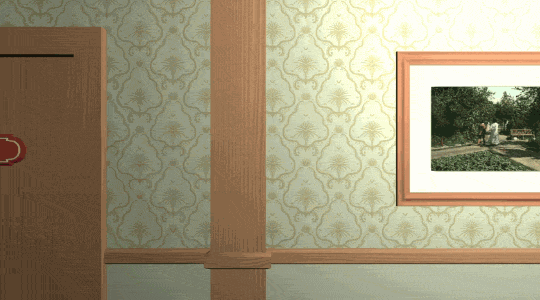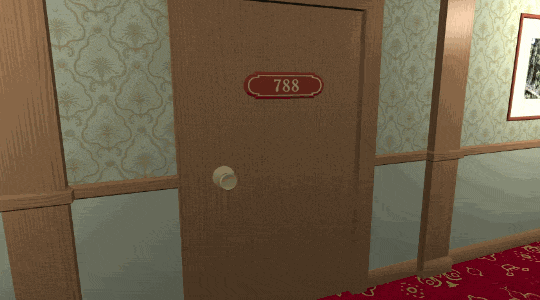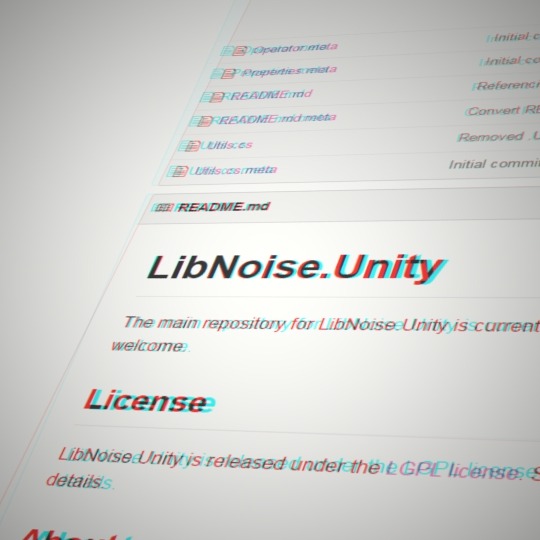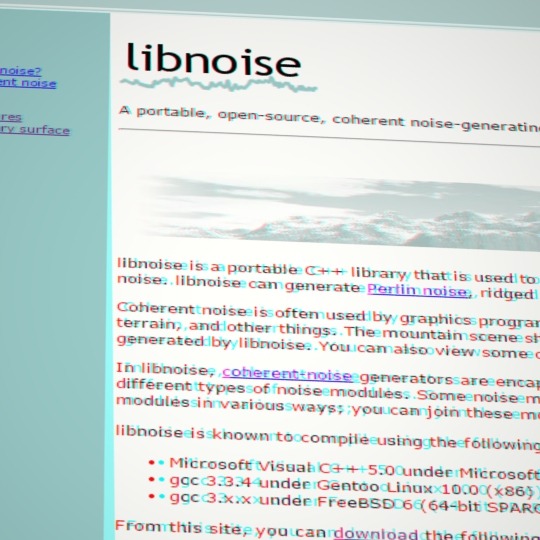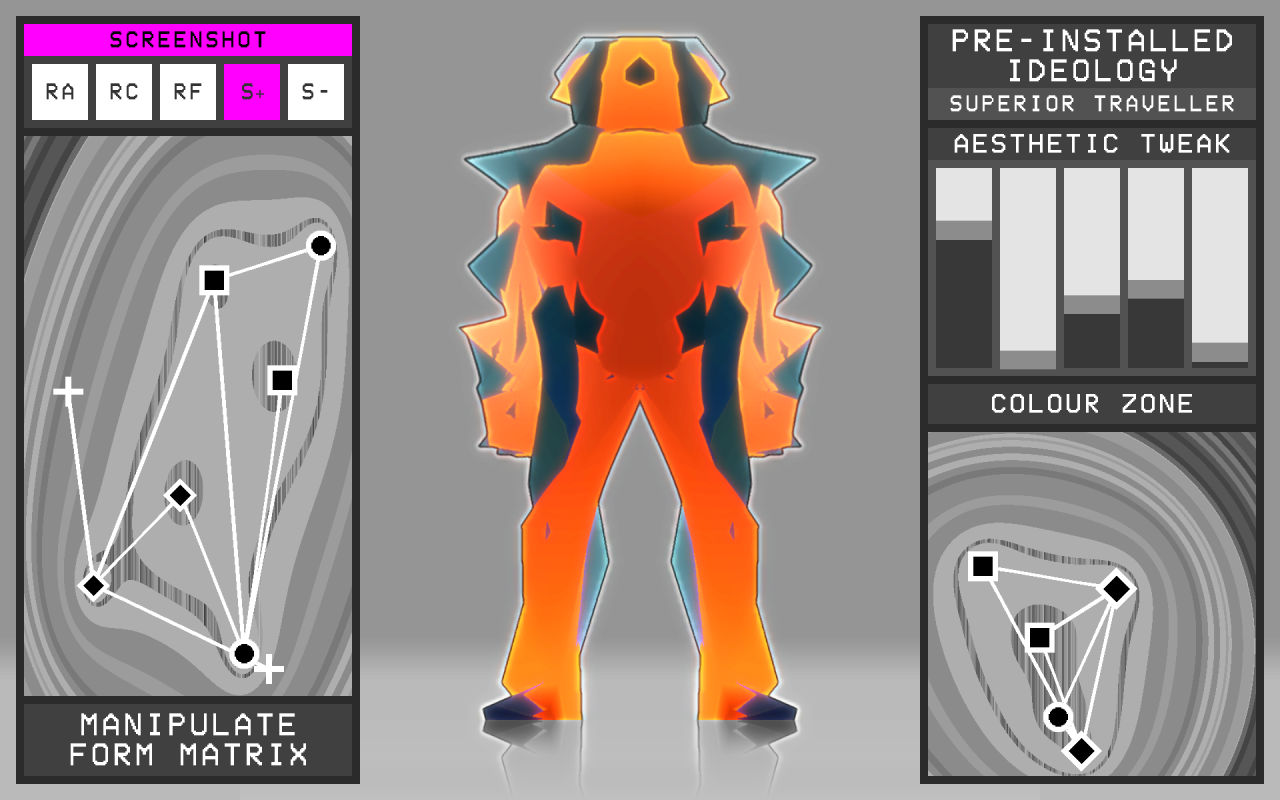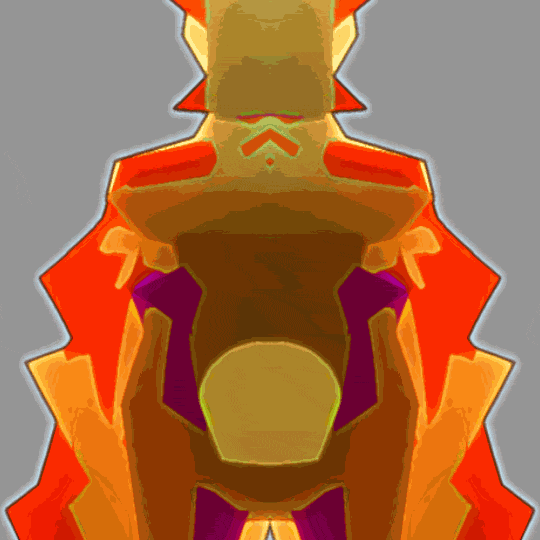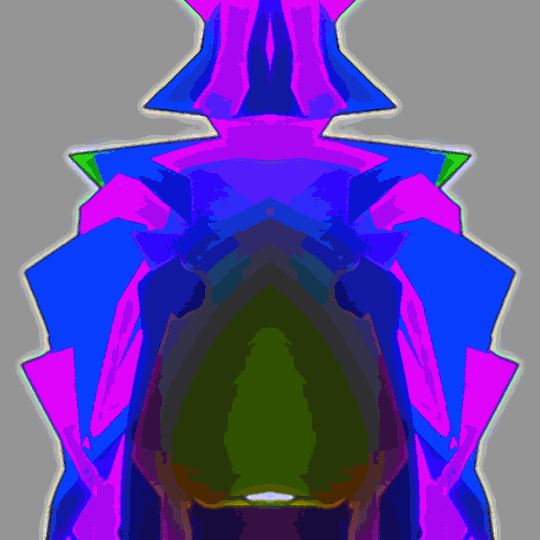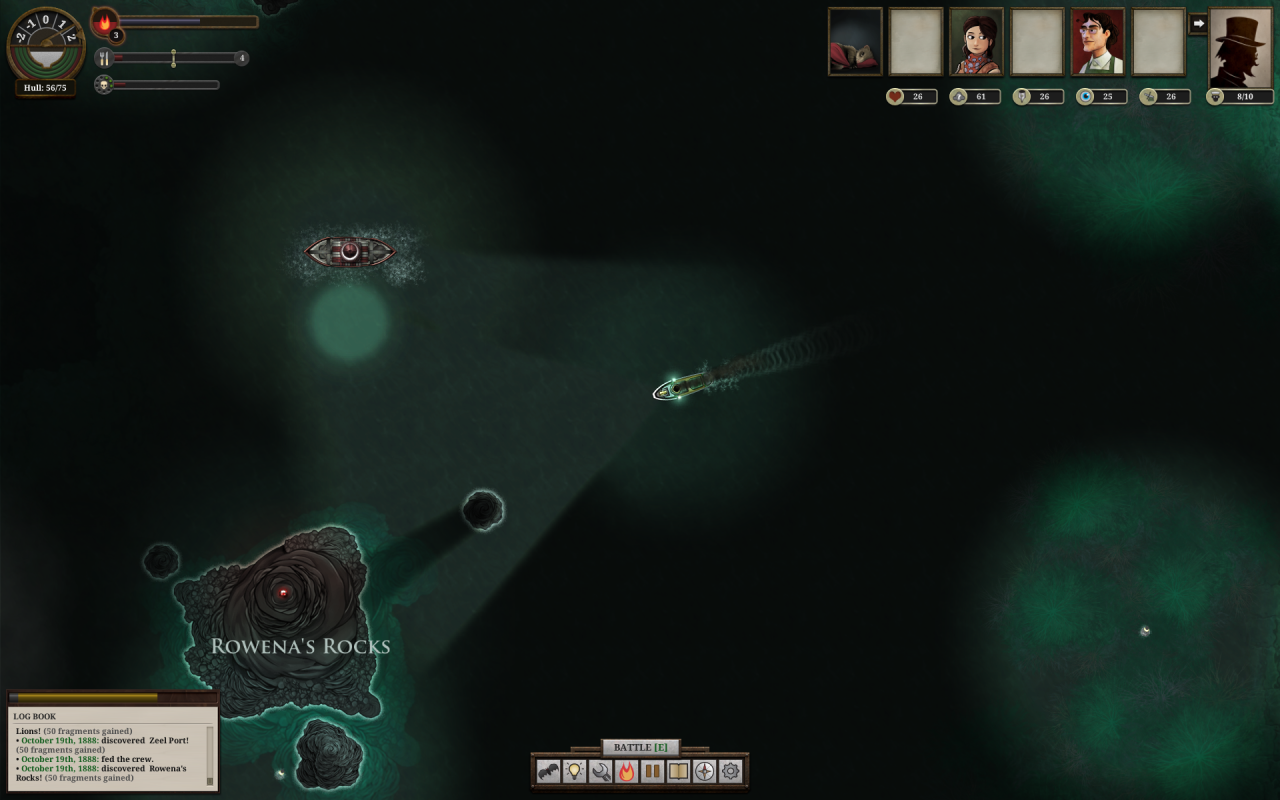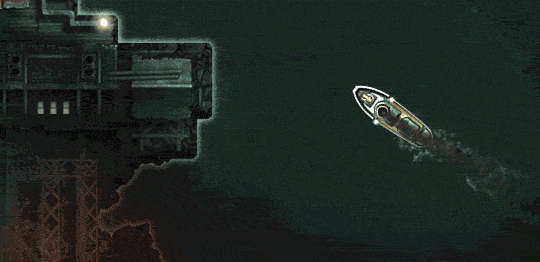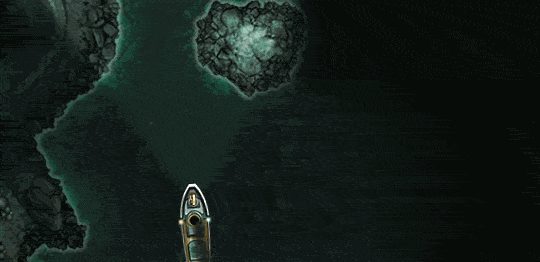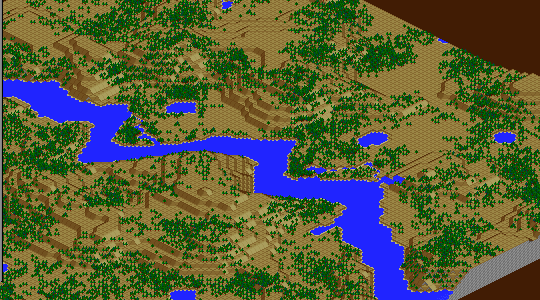
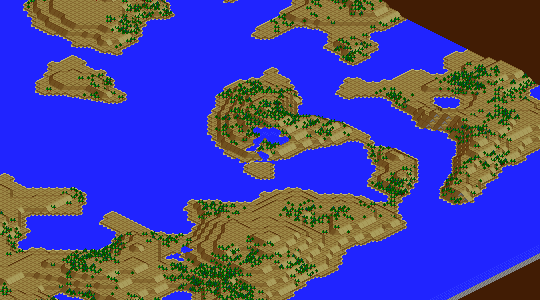
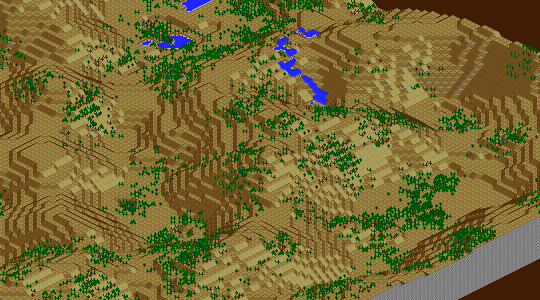
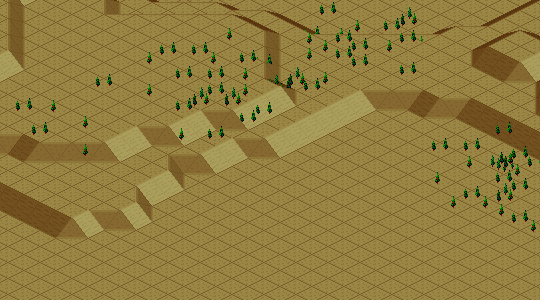
Simcity 2000 (1994)
Reticulating Splines
SimCity is a game about arranging things in space. The relationship between the city and the terrain it is built on is near the core of the moment-to-moment interactions you have with the game. While you can bulldoze everything flat for the perfectly optimal city block pattern, you miss a lot of the interesting challenges that can give a city character.
As such, the map generator has a lot of influence over your experience with the game. Using three basic components (elevation, water, and trees) it is capable of composing a wide variety of landscapes with very different challenges for city-building. All of the maps are viable for building cities, partially due to SimCity’s legendary toybox flexibility, but the generator is capable of pushing some extremes for more interesting flavors: cities on island chains, cities in mountains, cities in river basins, cities in forests, cities in canyons.
Because of how SimCity interacts with the map, every output from the generator has some relevance when playing the game, even if its just as an inconvenient hill. That’s what makes the map generation really work, despite its relative simplicity.

